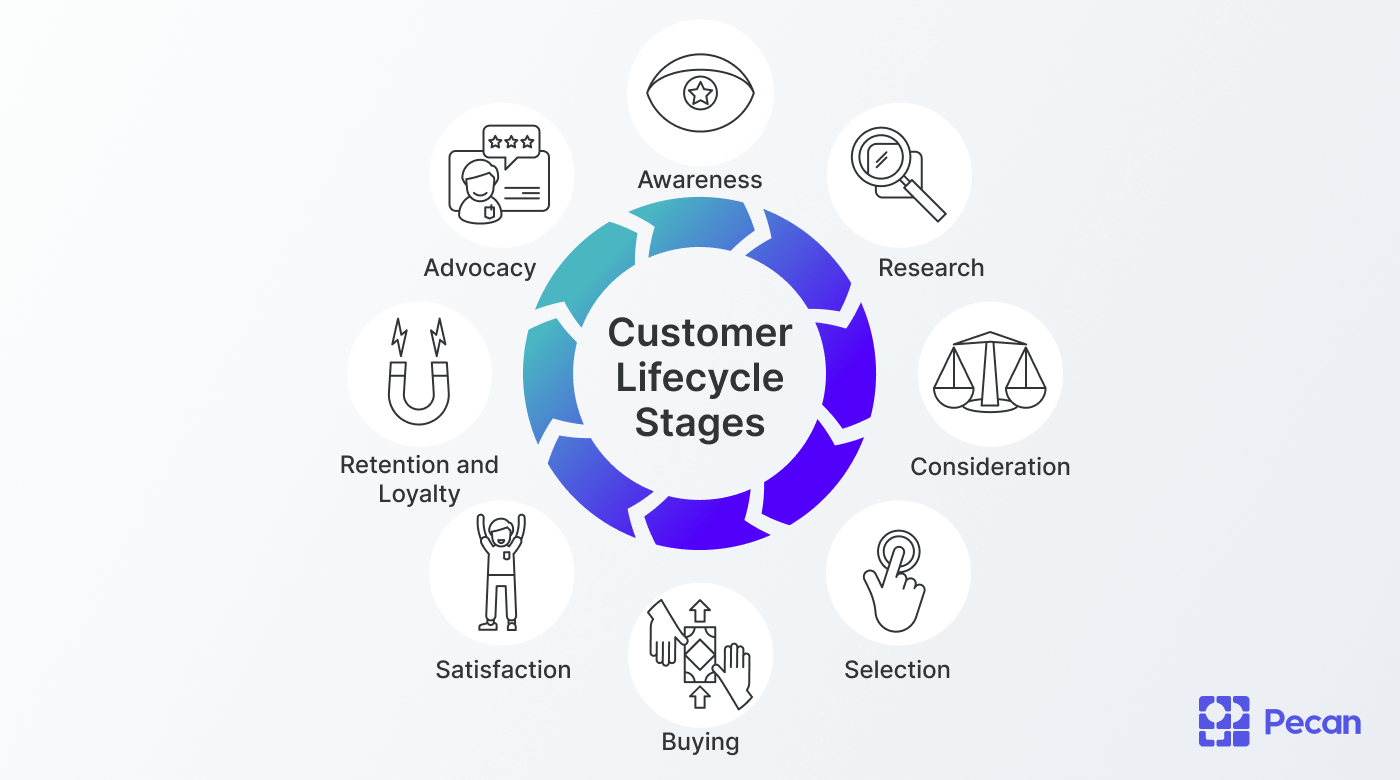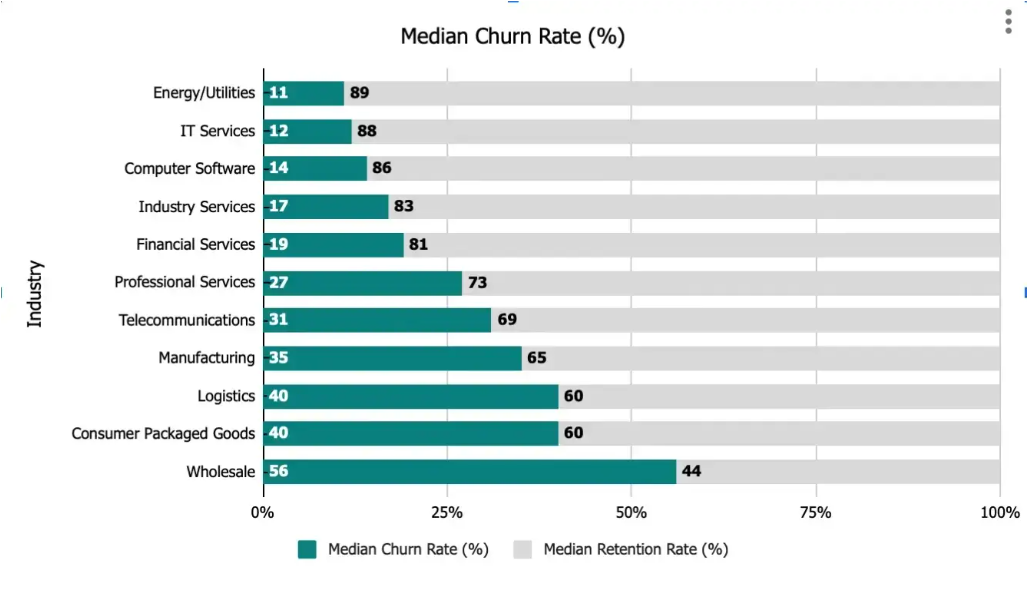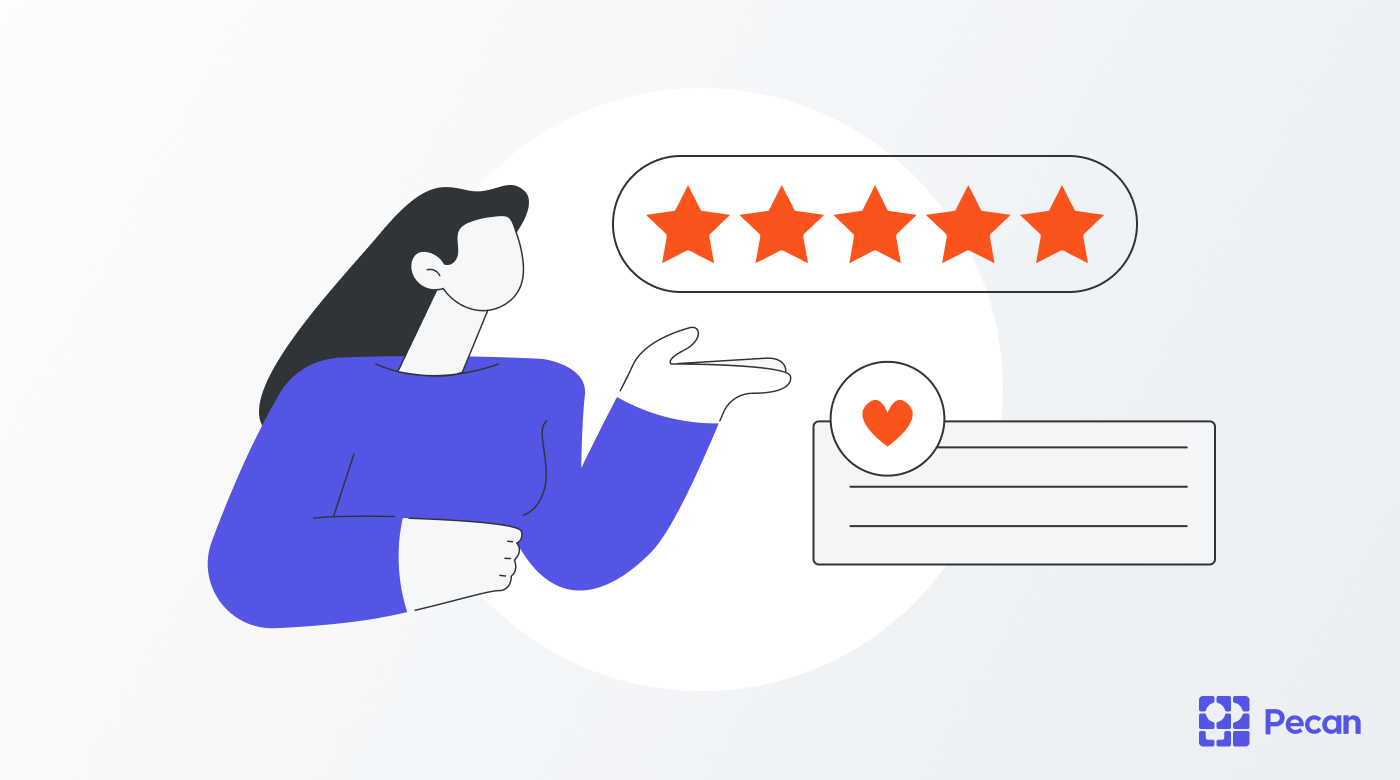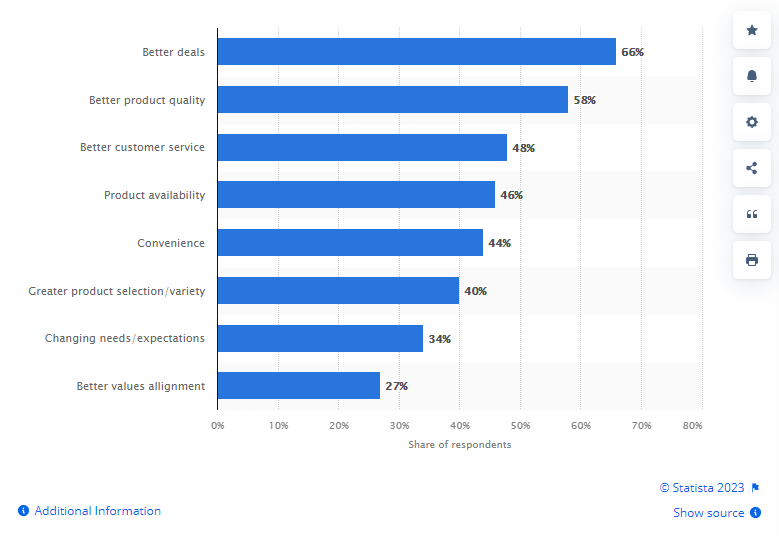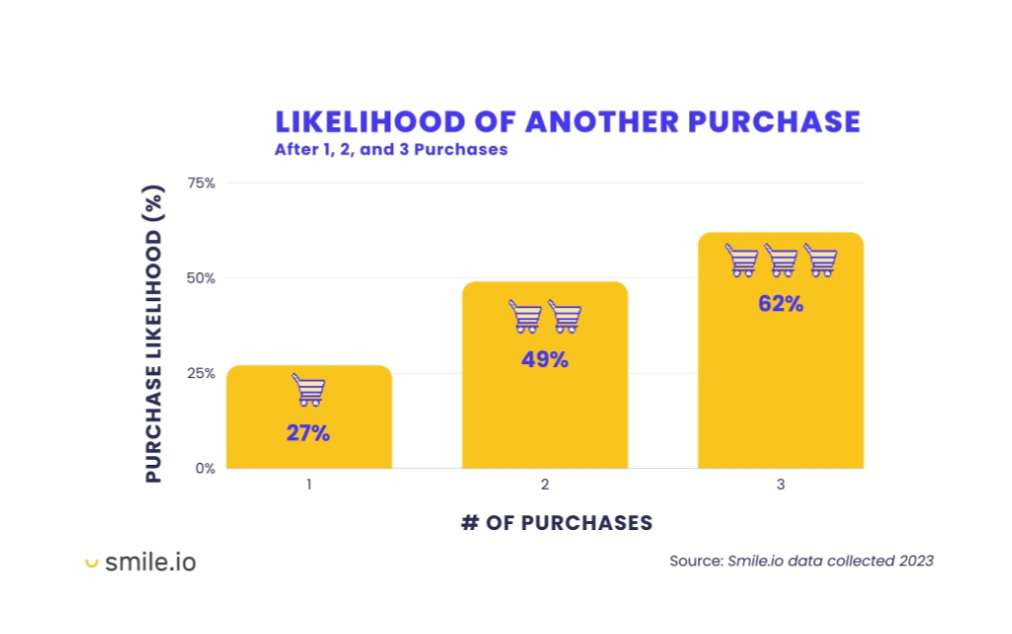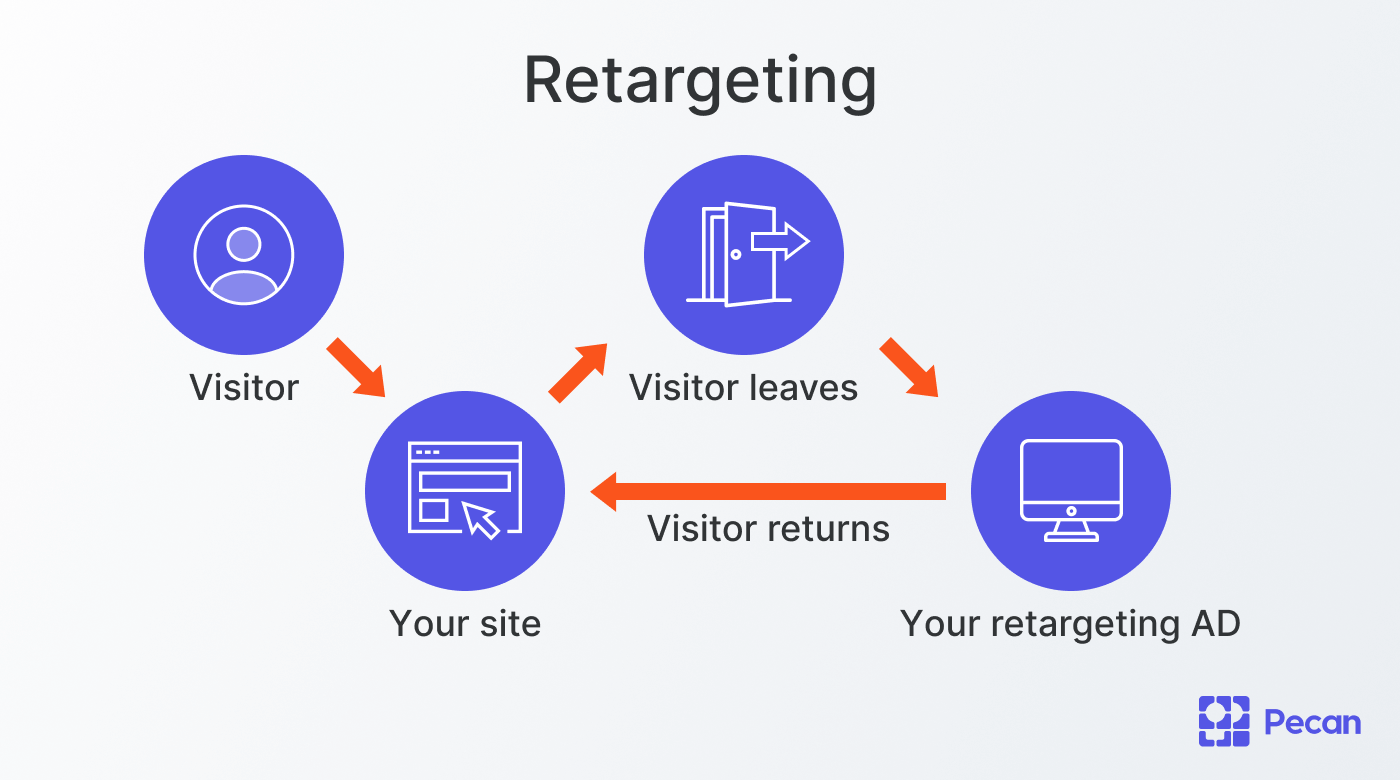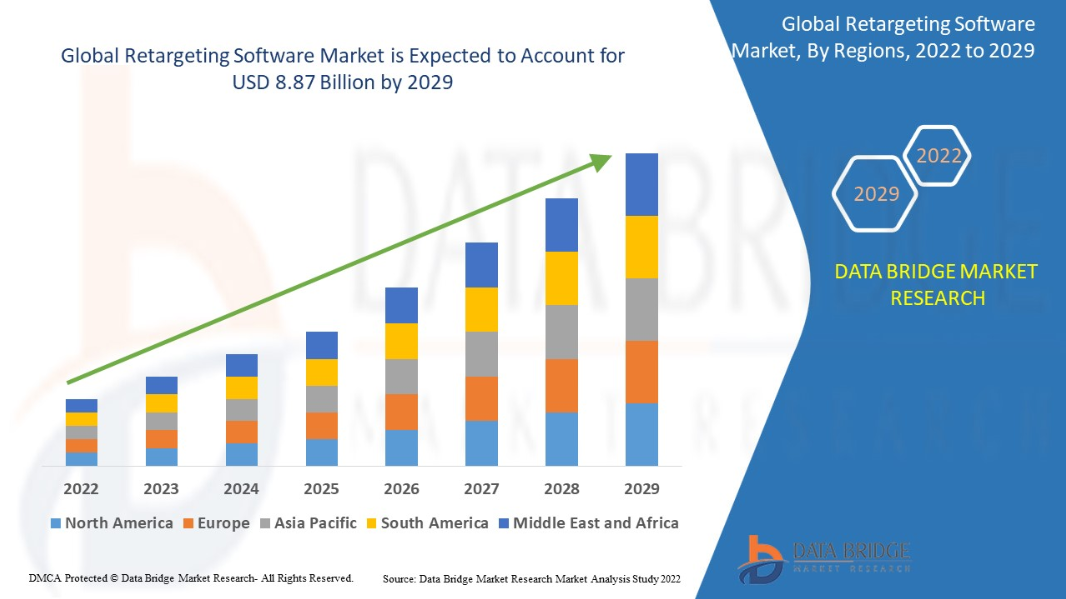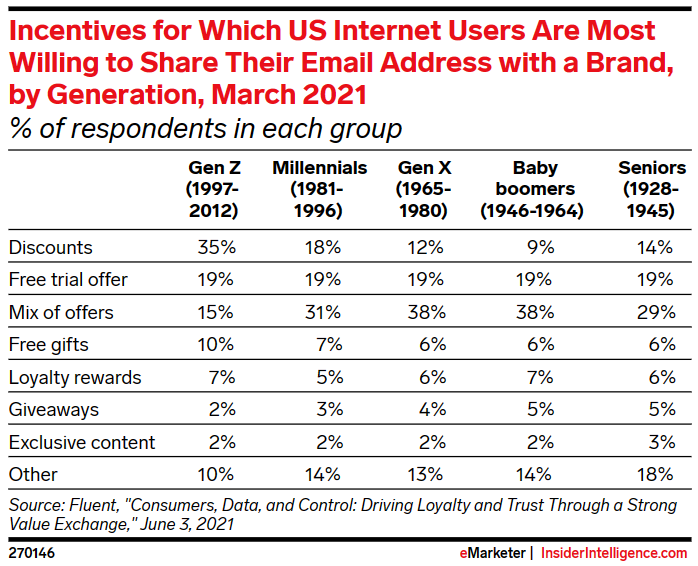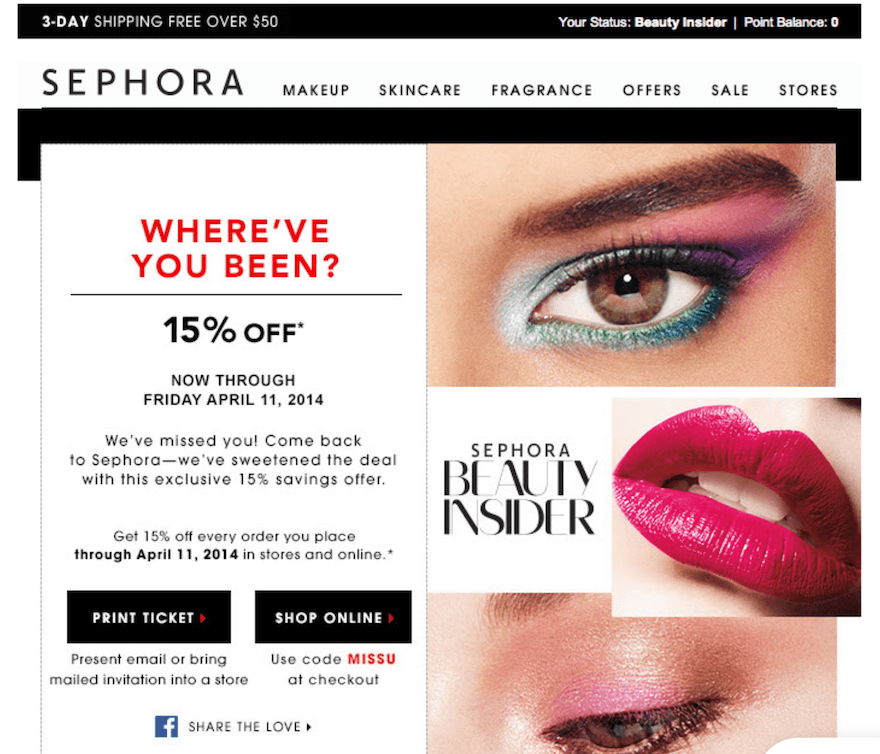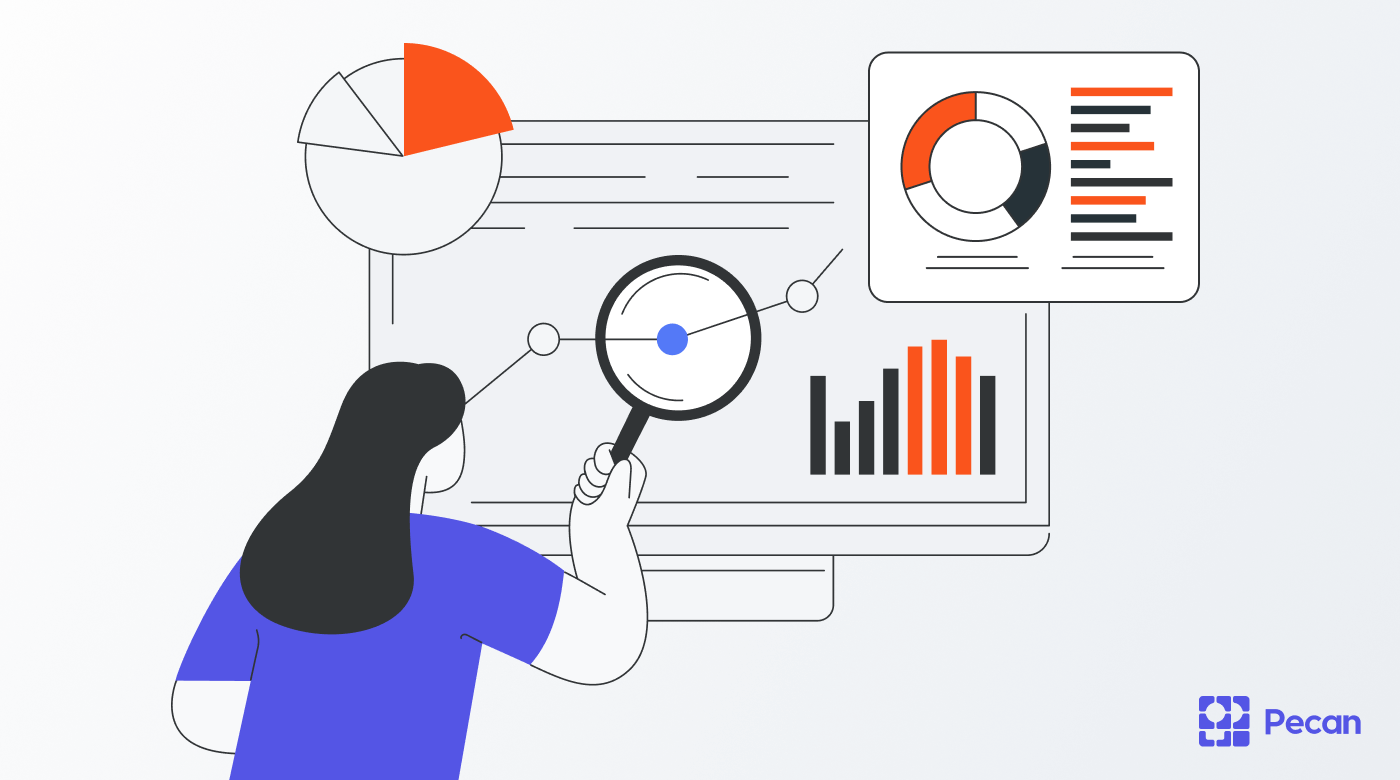In a nutshell:
- High customer churn is a common challenge for businesses, making customer winback crucial.
- Customer retention is more cost-effective than acquisition, with loyal customers driving significant revenue.
- Effective winback strategies include asking for feedback, retargeting ads, offering discounts, and tracking success.
- Knowing when to part ways with inactive customers is important for optimizing resources.
- Utilizing predictive analytics can enhance customer winback efforts and improve long-term sustainability.
High customer churn is a common scenario many businesses have dealt with at some point, regardless of industry, making customer winback a major challenge.
But what exactly causes customers to purchase from your business or sign up for your email list—only to lose interest or never to be heard from again? Should you focus on retaining these customers? And, more importantly, what can your company do to re-engage lapsed customers?
Customer attrition isn’t something that can be avoided entirely; how you choose to handle it is what matters. After all, customer retention is more cost-effective than customer acquisition.
With the right winback strategy in place, your company may be able to recapture the attention of inactive customers.
This article will walk you through the most effective customer winback strategies and show you why re-engaging lapsed customers should be a priority for your business.
Why should you care about customer winback?
Understanding lifecycle stages is important in planning customer winback strategies.
An effective customer winback strategy can improve customer lifetime value and, in turn, boost your company's bottom line. A study done in 2022 revealed that so-called "customer-obsessed" companies tend to have better retention rates and improved customer loyalty, with as much as 62% of these businesses reporting higher margins.
New research clearly shows that customer retention makes more sense profitability-wise than customer acquisition.
Back in 2013, an e-commerce business lost roughly $9 each time it acquired a new customer. The number has gone up to $29 in 2021 — indicating that the costs associated with acquisition went up by as much as 222% over the past eight years.
That’s not to say that your company shouldn’t bother to acquire new customers. However, the main factor for maximizing customer lifetime value comes down to encouraging repeat sales through winback email campaigns and targeted marketing supported by predictive analytics.
All that is to say: Reaching out to dormant customers after roughly three months of inactivity — depending on your products’ or services’ typical sales cycle, of course — is worth it.
Roughly 35% of an e-commerce store's revenue is generated by 5% of its customers, with the top 1% of customers likely to spend up to 2.5 times more than the remaining 99%. It's clear how profitable your most loyal customers can be.
Now, if you look at the median customer churn rates by industry in 2022, it's apparent that no company is immune to churn:
Even e-commerce giants like Amazon have struggled with keeping previous customers engaged.
Amazon Prime currently has a customer retention rate of 97% for one-year subscription renewals. However, it wasn't uncommon for it to lose as much as 10 million subscribers a year to churn in the past.
Now that you know why customer winback is essential, let’s go over four strategies you can use to re-engage lost customers and improve your bottom line.
1. Ask for feedback to learn why they left
Suppose you don't understand their previous experiences, thoughts, and opinions about your company, products, or services. In that case, you won't be able to determine the best way to re-engage a lapsed customer. And that’s where customer feedback comes into play.
Feedback emails allow you to engage inactive users through customer satisfaction surveys or questionnaires; even someone who wasn't initially interested in responding may still be open to sharing their opinions if given a chance.
It's a great way to rebuild trust and demonstrate your commitment to improving their customer experience and meeting their needs, cultivating a more positive relationship — and making them more likely to return.
But more importantly, this type of winback email allows you to gather information and be proactive:
You’ll learn why they became inactive in the first place, leaving room for you to address issues that may be contributing to higher churn rates. Moreover, with the help of predictive analytics platforms like Pecan AI, you’ll even be able to recognize at-risk customers in the future.
The top two reasons — with 66% and 58%, respectively — for consumers changing their brand preference are better deals and better product quality, while better customer service comes in at third place:
A repeat customer who has already made a second or third purchase has a 49% to 62% likelihood of coming back for another one.
Sometimes, the trick is not asking for feedback but enticing your customers with discounts on their next order and announcing exclusive deals or sales.
2. Retargeting ads
The retargeting process
Besides the win-back email series, retargeting ads, also known as remarketing, is another powerful digital marketing strategy that can re-engage inactive users.
It relies on data and tracking technology to display targeted ads to users, reminding them of your products or services and encouraging them to return, complete a purchase, or take a desired action.
During 2022, a considerable number of online shopping orders didn’t result in an actual purchase. Cart abandonment rates in the online shopping realm went as high as 98%, depending on the industry.
Retargeting ads can be an effective way to re-engage and rekindle the interest of website visitors who exit without completing an order — especially when combined with an abandoned cart email.
It's no surprise that the market size for global retargeting software is predicted to hit $8.87 billion by 2029:
When supported by lifecycle data, your paid channels can effectively re-engage uncertain customers. One great example is a women's shoe retailer that employed search ads to retarget customers who abandoned their shopping carts, with an increase of 39.8% in return on ad spend (ROAS).
Retargeting ads are a way to keep your brand top-of-mind and give users a gentle nudge that moves them further along the customer journey — ultimately increasing conversion rates and maximizing the impact of your advertising efforts.
SciPlay, a mobile entertainment provider, relied on Pecan AI's predictive analytics to streamline retargeting campaigns and improve ROI. This data-driven approach led to improved targeting — and substantial annual savings in marketing costs.
3. Offer discounts and other perks through email
There’s usually some sort of incentive that can be found at the core of most, if not all, effective winback email campaigns — because here’s the thing:
You want your passive customers to return — that goes without saying. And re-engagement emails can be a great way to do that. However, it all comes down to what you can offer those customers to recapture their attention and encourage them to go from “inactive” to “active” again.
The most challenging part is personalizing your campaigns and finding the right incentives or special offers to win back lost customers. It requires a thorough understanding of your customers' interests, preferences, and purchase history.
While this report from 2021 focuses on the willingness of US-based Internet users to share their contact information with brands, it still gives you a pretty good idea of the kind of incentives that seem to be the most efficient:
It can be a dollar discount (these perform two times better than percentage discounts), an exclusive offer, or an invitation to a customer loyalty program. Ideally, special offers should have a time limit — which could help boost click-through rates and further increase your chance of success.
Hydrant's experience with Pecan AI illustrates the true power of targeted win-back offers and the role that predictive analytics plays in it.
Sephora’s winback email example
Sephora’s win-back email is an excellent example of these different elements and best practices working together to entice email recipients:
There's a sense of urgency, with the discount deal only being available for a limited time. You’ve also got a dollar-off discount front and center, along with a sense of exclusivity — their email targets "Beauty Insiders" only — and two different CTAs.
4. Track your success and know when to part ways
Not all your customers are worth the effort in the long run. Sometimes, it makes more sense to let some — not all — disengaged customers go rather than to continue wasting time and resources trying to get them to become active again.
Gartner, Inc. predicts that by 2025, as much as 75% of businesses will be pushed to cut ties with their so-called “poor-fit” customers. Trying to keep them through efforts that include email marketing campaigns, personalized customer service, and custom-made solutions can be expensive. And yet, it rarely has the potential to turn into revenue for your company.
So, if the previous series of emails hasn't had any success, don't hesitate to send a “breakup email” and let inactive subscribers know you are letting them go.
The challenging part is figuring out if you're putting winback campaign-related resources to good use and knowing when it’s time to cut ties with inactive customers.
You'll have to track the progress of your customer winback campaign constantly, and one of the best ways to do that is to start split (A/B) testing and measure the reactivation rates. This will allow you to identify the most effective strategies and optimize future emails, which is a good start—but it relies on historical data.
If you hope to approach customer retention proactively and recognize at-risk customers early — before they churn — you'll need the help of platforms like Pecan AI.
Predictive analytics software is expected to reach $41.52 billion in market revenue by 2028 and already plays a crucial role in marketing.
With Pecan AI, you can generate churn predictions, essentially anticipating customers’ behaviors and improving retention rates and lifetime value.
Optimize your customer winback efforts with Pecan
It’s not uncommon for customers to engage with a business only to get "cold feet" — and lose interest over time. But while customer churn can't always be avoided, taking the time to understand the reasons behind it and implement the right customer winback strategies can make a notable difference in your company’s long-term sustainability.
Some of these strategies include:
- Asking customers for feedback to engage them
- Using retargeting ads to recapture their attention
- Offering discounts and other incentives through email
- Tracking win-back campaign progress and knowing when to part ways
Our AI platform can help you keep track of and optimize your marketing efforts, make data-driven decisions, and identify customer winback opportunities. Book a demo today and harness the power of AI predictive modeling.
